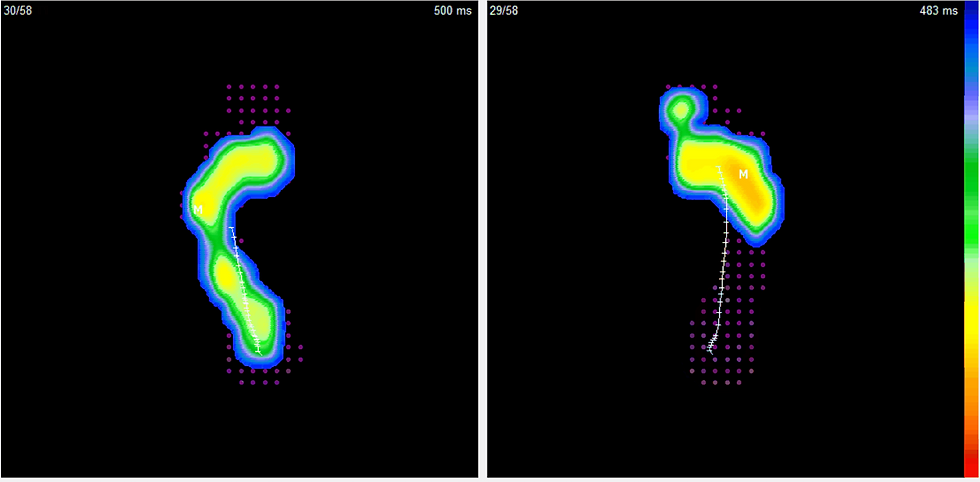The Role of Foot Orthotics in Supporting Gait and Postural Improvement In Special Needs Youth
- omathez
- Mar 4
- 1 min read
Updated: Jul 14
Autism spectrum disorder (ASD) encompasses a range of neurodevelopmental conditions that impact social communication, behavior, and motor function. This article examines the role of podiatric orthotics in managing biomechanical challenges in children with ASD, providing insights into their clinical application and the supporting evidence for their use.

Autism spectrum disorder (ASD) encompasses a diverse range of neurodevelopmental conditions characterized by deficits in social communication, restricted interests, and repetitive behaviors. [4, 5] These characteristics are described in the American Psychiatric Association’s Diagnostic and Statistical Manual, Fifth Edition (DSM-5). [1, 5] Children with autism may present with motor challenges including atypical gait patterns, hypotonia, postural instability, and coordination deficits [3, 4, 5]. Podiatric orthotics, designed to optimize foot and lower limb biomechanics, can play a crucial role in managing, correcting, and mitigating these challenges. [2, 3] While orthoses do not eliminate the need for, or appropriateness of other medical treatment types, this article provides a detailed analysis of how orthotics can benefit children diagnosed with ASD or other special needs. The implicated biomechanical principles, clinical evidence reported by scientific literature, and best practices for their implementation are discussed.



Comments